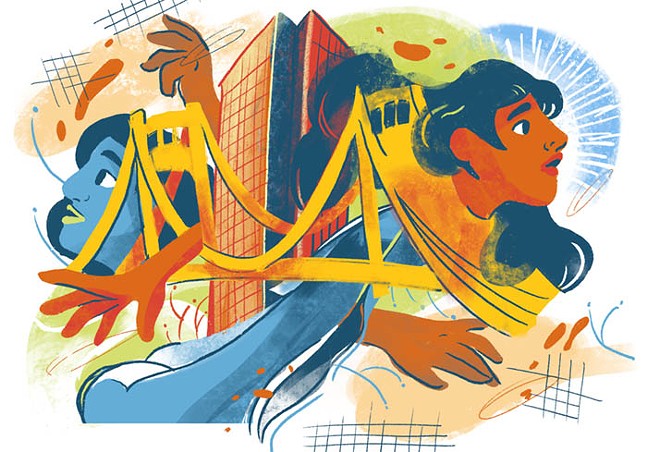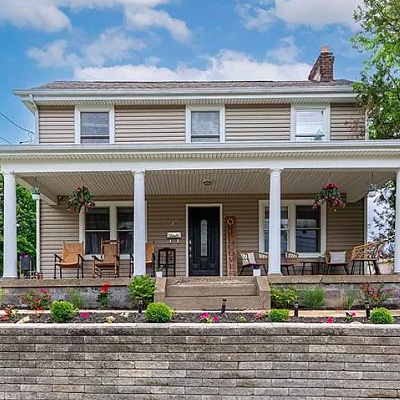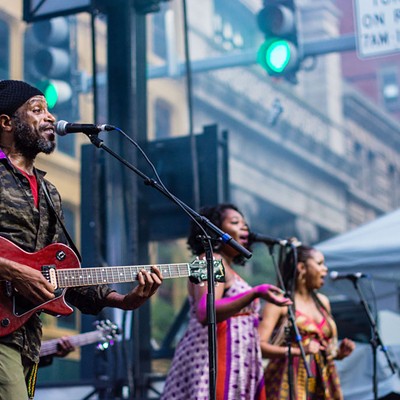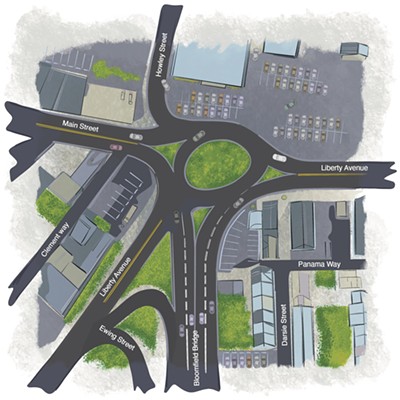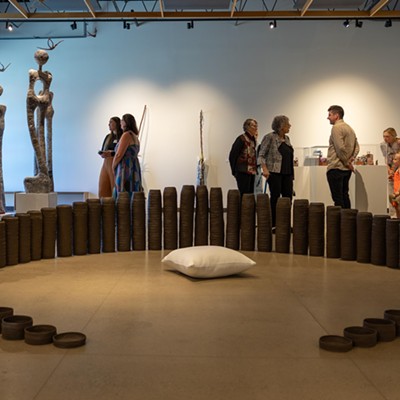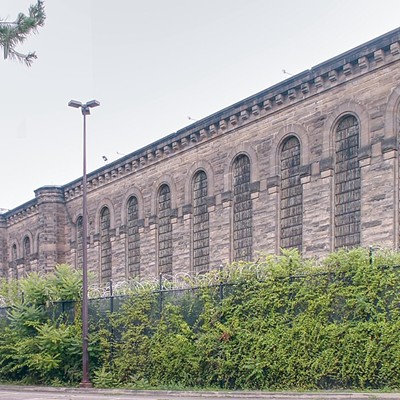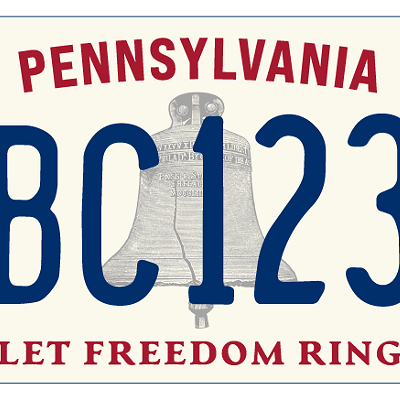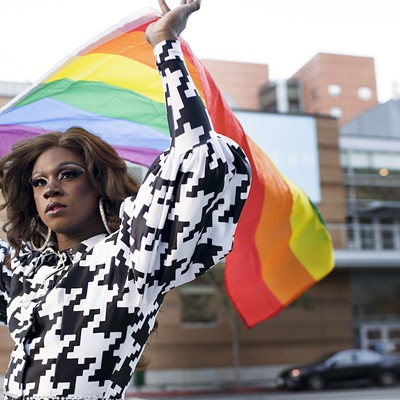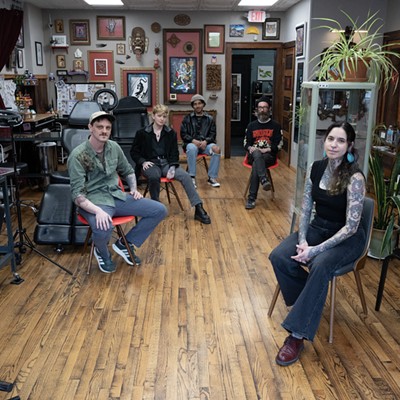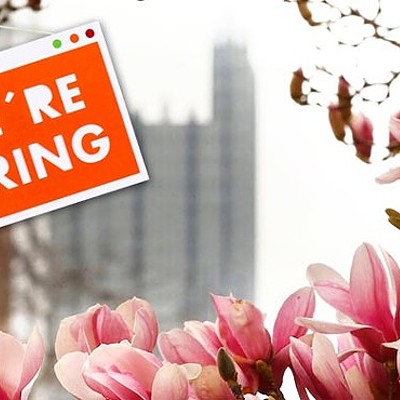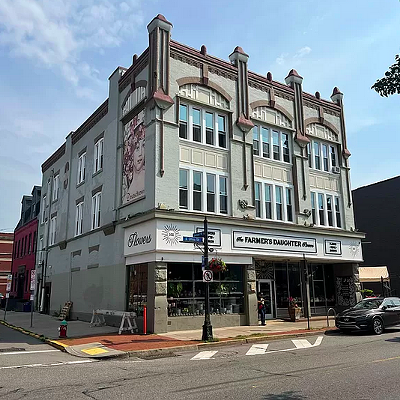Editor’s note: This marks the last column from contributor Tereneh Idia, who has been an invaluable voice at the Pittsburgh City Paper over the past few years. We here at the paper wish her all the best in her future endeavors and thank her for all of her hard work and insight.
“I know someone who is thinking about moving to Pittsburgh, so I want her to meet other Black women,” a friend of mine recently tells me. She pauses before adding, “But maybe not you, Tereneh.”
We both laugh — that was funny.
Then I waited for the email or phone introduction. And waited.
I guess my friend wanted her friend to meet other friends, maybe not this friend specifically. Ouch?
So for my final column for the City Paper, I decided to answer the question: What would I tell a Black woman about Pittsburgh?
First and foremost, I would say Pittsburgh is gorgeous. The valleys, trees, rivers, and hills: beautiful. And like any beautiful city, it looks a little different every day. Mt. Washington gets most of the shine, but the views from the various North Side neighborhoods and locations, including Troy Hill, Federal Street, Fineview, and Perry Hilltop, and the way Downtown Pittsburgh commands your eye despite the humbling effect of the surrounding hills, lets you know nothing human-built can compete with Mother Nature’s perfection.
The current mayor, Ed Gainey, is the first Black mayor of the city. As I write this, the first Black women congressperson from Pennsylvania, Summer Lee, was just elected. And a sista from Philadelphia, the honorable Joanna McClinton, will be the first African-American woman Speaker of the House of Representatives, and the second Black person to hold the position. (the first African-American speaker was Pittsburgh’s own K. LeRoy Irvis).
You probably have already searched “Black women Pittsburgh” on the internet. I highly recommend you read those articles, especially those written by former-Pittsburgher Brentin Mock. Actually, everyone living here, and anyone thinking of moving here, should read those articles too. Most do not, thinking, “I am not a Black woman. It doesn’t apply to me.” But of course, it does. Every justice and injustice creates ripples and reflections in the water — it is a mirror to the soul of the city. The reflection looking back from the Ohio, Monongahela, and Allegheny rivers are Black women and femmes working towards justice.
“The reflection looking back from the Ohio, Monongahela, and Allegheny rivers are Black women and femmes working towards justice.”
tweet this
There’s no “Black neighborhood,” but there are several places throughout the region where Black folks live and gather. There are restaurants and food trucks to take you on global culinary journeys (though the spice level is generally a bit lower than other places I have been), and you can go from Lagos to Laos, from Kingston to Kenya via a plate of food.
There are amazing Black women and femmes here. They wave a Terrible Towel in support of the Steelers, rock fly-ass church hats, cook amazing dumplings, write poems, teach yoga, present art, dance, invent, create, and do a myriad of wonderful things for family, friends, community, and neighbors. But, more often than not, they won’t be presented as “representative of the region.”
Because the shorthand for Pittsburgh is whiteness: shirtless white men in freezing temperatures at the football stadium. Babushka ladies are mentioned 10,000 times before acknowledging the Black church hat ladies. And, in terms of iconic food, it’s pierogis over dumplings, samosas, and any other stuffed yumminess, though they all have an equally important cultural connection and legacy to Pittsburgh.
Misogynoir is not unique to Pittsburgh, but Pittsburgh does it so very well. It’s like the rusty patina on the old U.S. Steel building — depending on where you look you can see the corrosion, while others only see the midnight steel gray. Pittsburgh continually ranks as one of, if not the worst, places to live in America as a Black woman. This includes fundamental issues like quality of life, and studies have found that Black folks in Pittsburgh do not live as long as those in other cities. Which, given that we live in America, is really saying something.
In saying this, I must say again how amazing the Black women and femmes are here — how they are the core of joy I find in this city.
Mister Rogers' Neighborhood was filmed here and people often confuse the “Land of Make-Believe” with Pittsburgh. So, you’ll have the surreal experience of being treated like crap at an event or restaurant, or at someone’s home as you walk by their “No Place For Hate” or “No Hate in Mister Rogers’ Neighborhood” sign.
A handshake here contains both praise for and doubt of your ability. I sometimes think the poor air quality is partly because of the misogynoir spoken and trapped in the valleys. Fresh air, fresh ideas, and new ways of creating community are needed.
All too often the conversations you have with folks who are not Black will be less about what you have to say and more about assuring that person they are not racist. (This may be immediately after you were confused for another Black woman.) There seems to be a disconnect between all the reports pointing out racism and the actual belief that people experience racism every day. I generally regret any conversations I have along these lines and avoid them now as much as possible.
I do not know where the Black Pittsburgh experience begins, but one interesting chapter is one starring Francois. He was an enslaved African man in the 1700s who escaped the French at what was then Fort Duquesne, now Fort Pitt. He tipped off the Virginia troops, in service to the British, that the French would soon abandon the fort, and it would be advantageous to the British to make a move, which they did. And so, here we all are, but you won’t find any statue for Francois.
Yes, we are here at this confluence of water, time, and place. We are here in Diondega, the Seneca Eastern Door of the Haudenosaunee. We are here where the Lanepe, Delaware, and Monongahela peoples, and mound builders, called home for thousands of years. I do not know who the first Black person was in Pittsburgh, but if you are the most recent Black woman to come to Pittsburgh, I hope you love, laugh, and enjoy it as much as you can, and help others to do the same.
Welcome to Pittsburgh, sis.
I wanted to thank the team at the City Paper, all of my former editors, and a big shout out to Alex Gordon, RIP. Thank you to everyone in Pittsburgh who read even one word of what I have written over the past four years.

